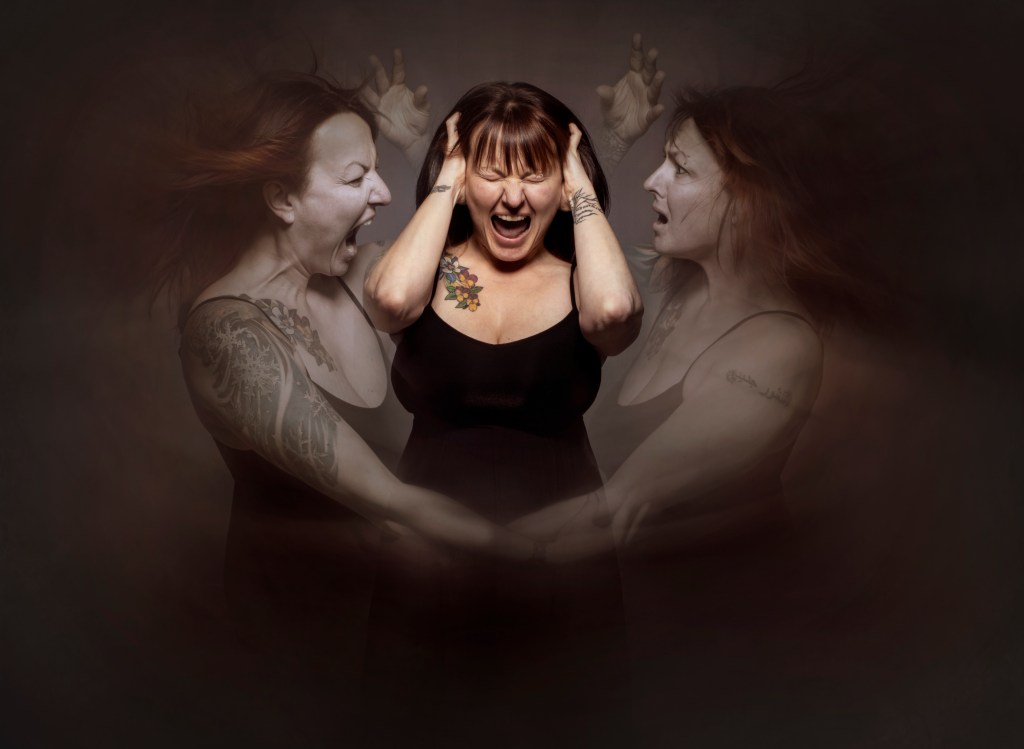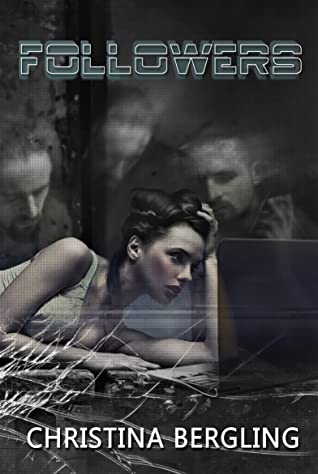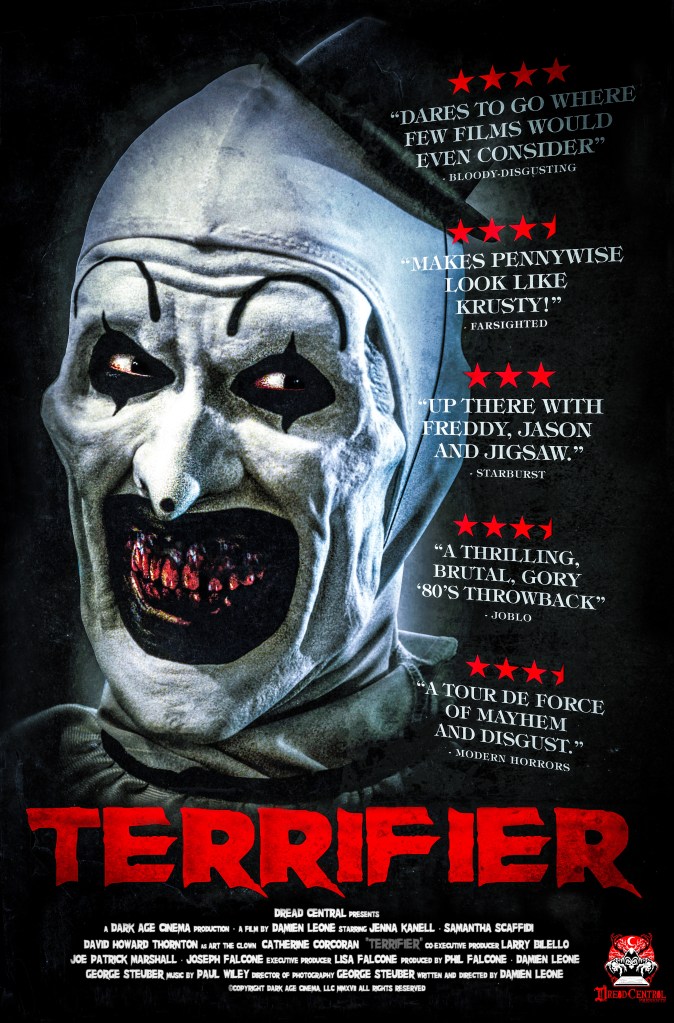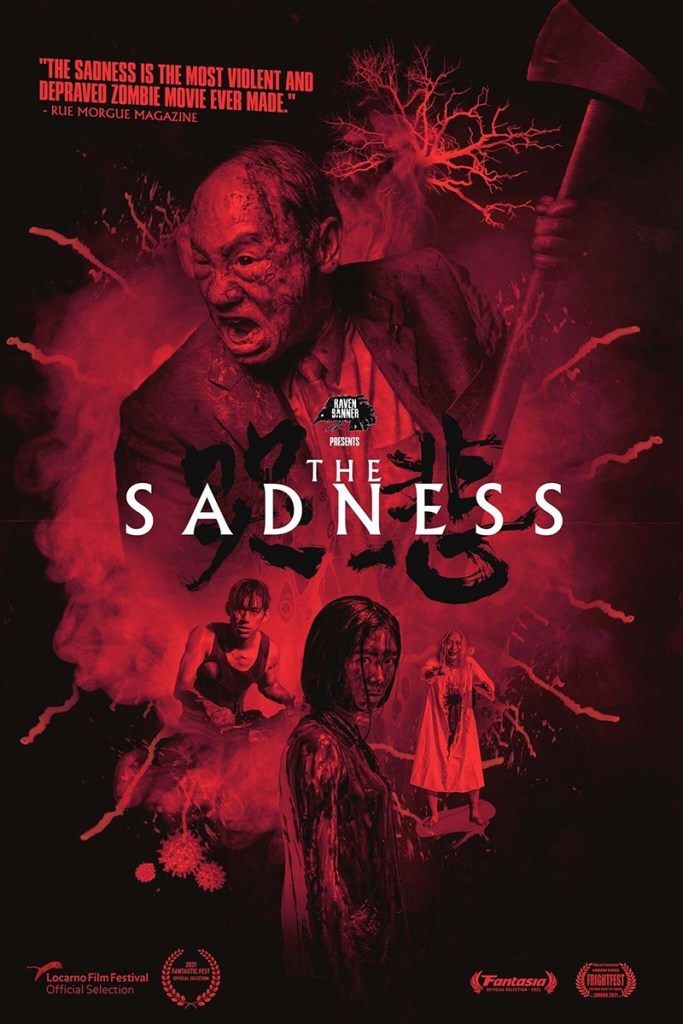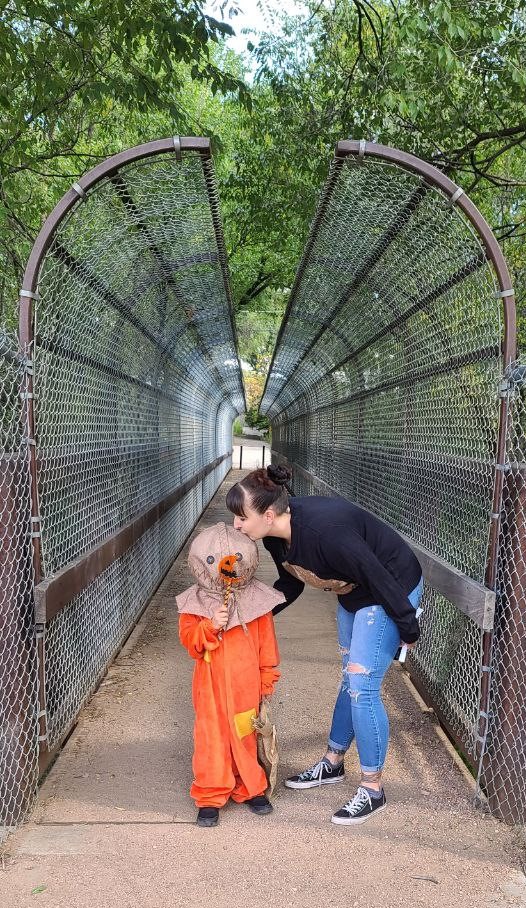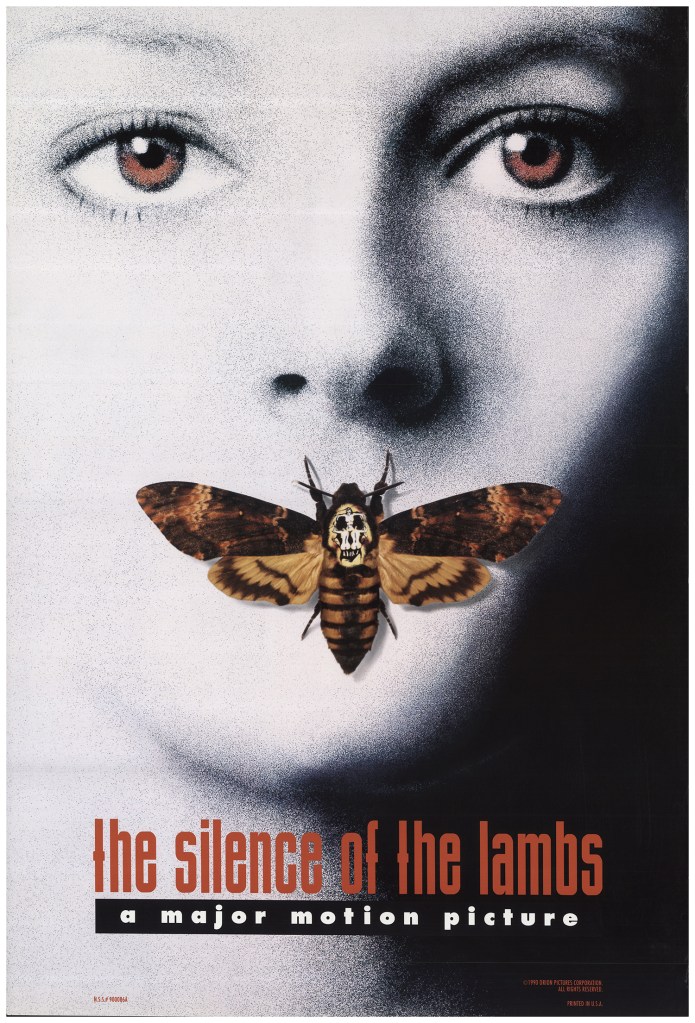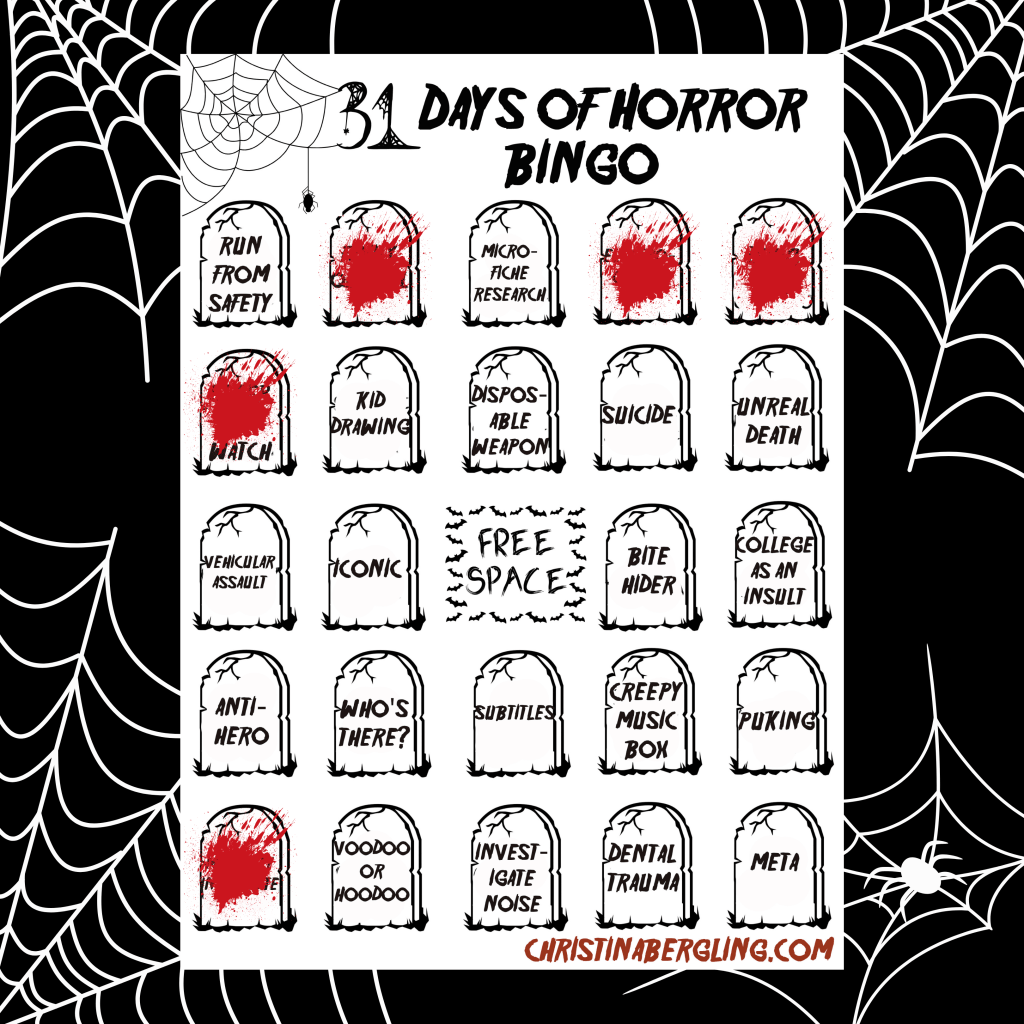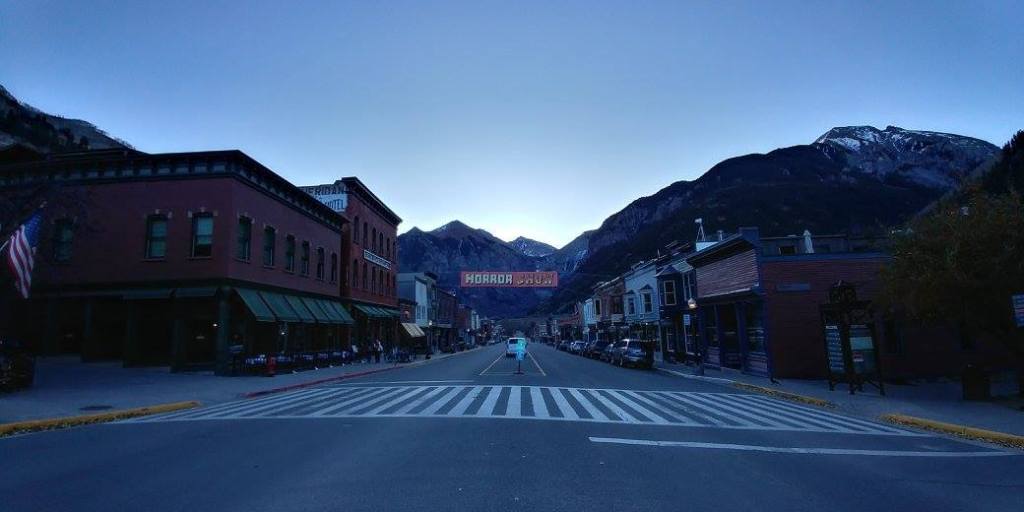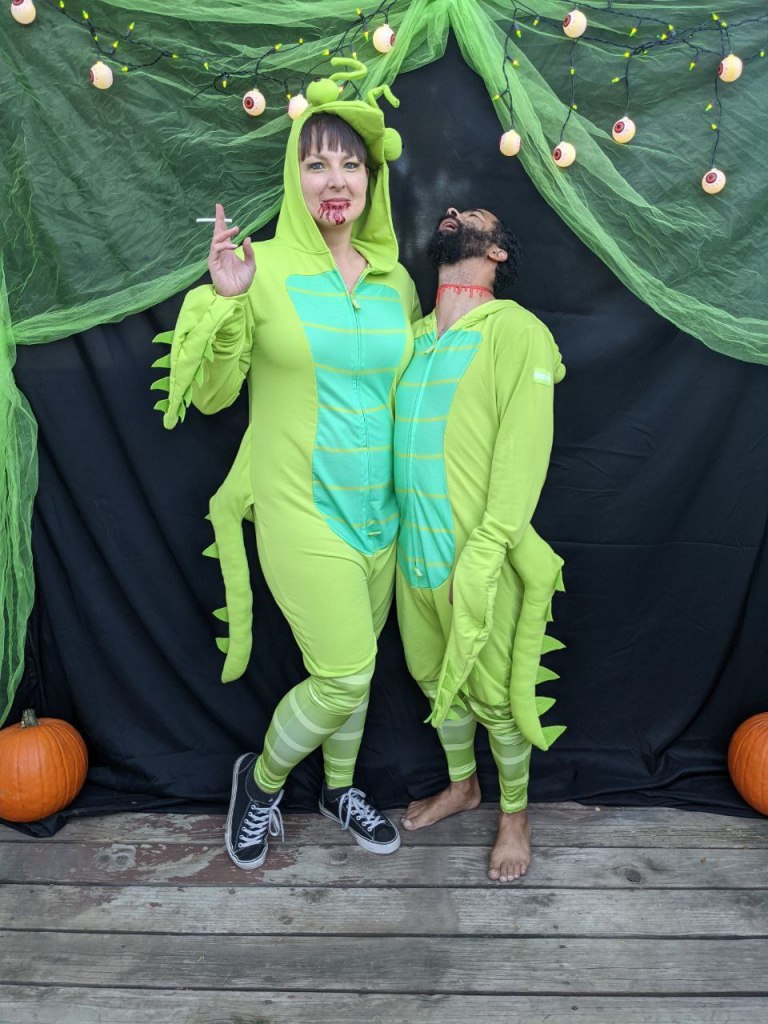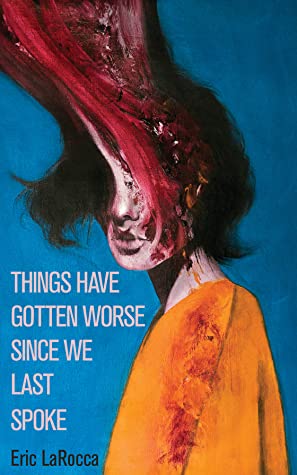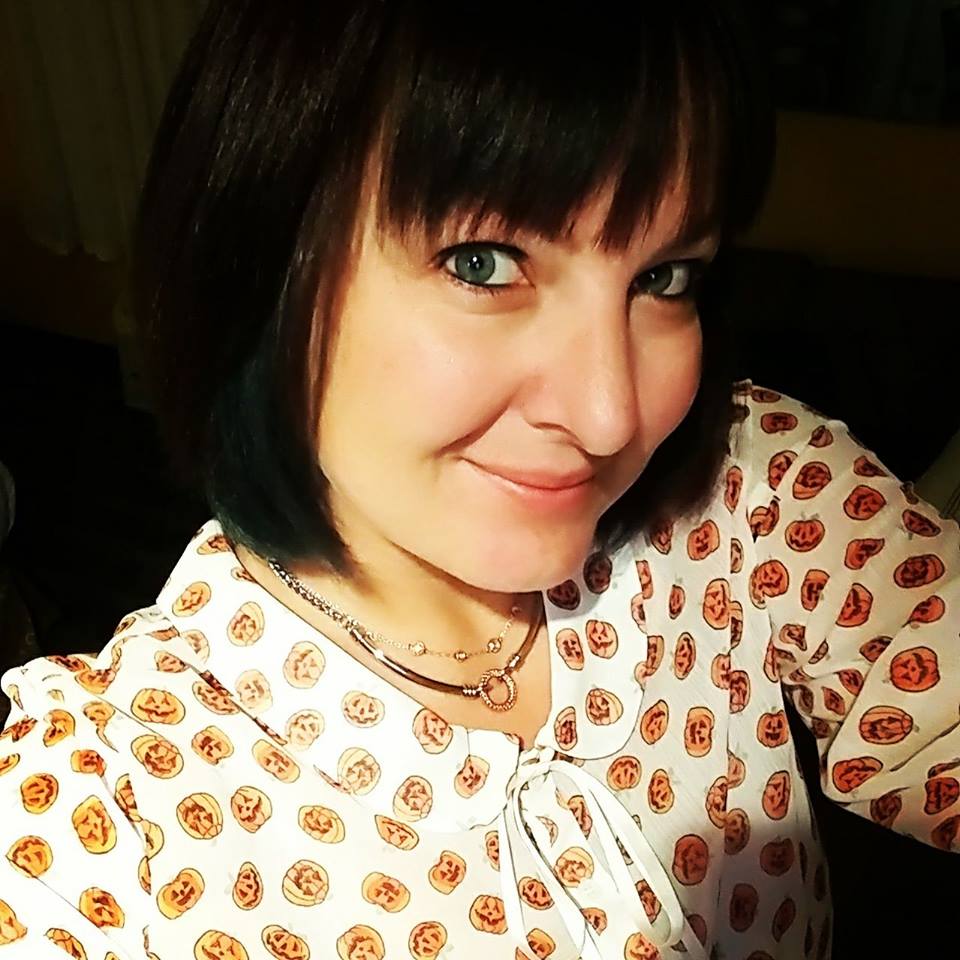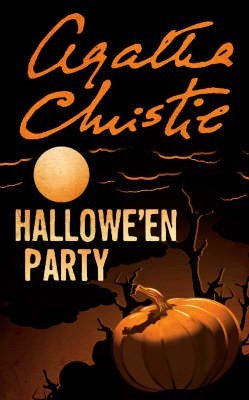What Scares You?
What is the scariest movie you’ve ever seen?
This should be an easy question to answer. Considering the amount of horror movies I watch, I should have a scrolling list in my mind from which to choose. However, as I roll through that list, I can’t settle on one I consider scary.
I have a long list of ones that have disturbed and upset me. The Sadness (2021) that I saw at Telluride Horror Show. The Treatment (2014) that I saw at the Stanley Film Festival. Martyrs (2008) and Inside (2007), French movies. The Heart is Deceitful Above All Things (2004) by Asia Argento, Dario Argento’s daughter. The Human Centipede (2009-2015), all three obviously.
I can even think of ones that creeped me out or unnerved me. The Conjuring (2013) was “creepy as balls” to quote my husband. Antebellum (2020) and Get Out (2017) for the other horrors they capture. Se7en (1995) for the lust murder.
I could keep going on either list, yet I still don’t land on scary. That begs the inevitable question, what is scary? What do I think makes a movie scary? What scares me, onscreen and off?
I have had vivid, graphic nightmares my entire life. When I was a child, anything and everything I watched would reappear twisted in my nightmares. I had a sheltered childhood, so that would result in the ghosts from the Ghostbusters cartoon haunting me or something equally benign. In short, I was scared of just about everything.
One night, while I was babysitting, I found Texas Chainsaw Massacre: The Next Generation (1995) on the family’s HBO or Cinemax or something. I was never allowed to watch anything violent at home, so when I flipped the movie mid-way through, I decided to sneakily watch it at someone else’s house. After all, it was just a movie, and I so wanted to watch horror.
The movie scared the hell out of me. The scene where Matthew McConaughey crushes someone’s head with his mechanical leg embedded in my brain. I can conjure it even now, these decades later. I was so terrified that when the parents came home and I left, I ran home because walking in the dark was too fraught with terrors.
It has been a lot of nightmares and horror movies since that night. Perhaps I have become desensitized. Or perhaps the things that scare me have changed. Or how I define scary itself.
When I muse on what scares me, “adult” or “real” fears are what bubble to the surface of my brain. No supernatural elements or phobias. Family members dying or getting hurt, financial devastation that leads to not being able to take care of my family, failure, myself, being stranded alone in the dark, being trapped. Not all of them are rational, and the scenarios concocted in my mind inflate to being outrageous. Ultimately, I think I would classify these as anxieties rather than full on fears.
When a strange noise creaks from upstairs in a dark and empty house, I definitely startle (I also startle constantly in a haunted house). However, fear does not cinch around my heart. Rather, I resign myself to wait. I’ll find out what it is when it comes to kill me. That behavior might be from overdosing on horror. Never investigate the strange noise.
I’m not proposing that I am fearless. When I’m hiking a mountain and there is a sheer drop off, my pulse surely reminds me that I am a fragile mortal. And the fall would kill me. Yet I find my fears mundane in their everyday origins. Who doesn’t fear these things? It feels like highlights of the human condition.
I have been obsessed with horror so long that any tickle of fear it elicits is exciting. It’s fun, and it’s safe. I can feel the thrill and the injection of adrenaline, knowing nothing is really going to happen. As a creator of horror, I appreciate the manufacturing of terrifying circumstances—events and things that exist beyond our plane.
So, for the sake of this article and to make it more than my subconscious rambling, let’s redefine fear in this context. If movies and books don’t scare me but rather upset and traumatize me, let’s talk about recent times I have been afraid in real life. Skin tingling, fight or flight fear.
I recently lost my daughter in a Target for ten minutes. She wanted to walk down the aisle and swap out some pants. Since the children’s department was in sight from the wide aisle, I figured it would be fine. After all, she has wandered off to look around in a store before. My son and I finished what we were doing and went to find her in that section.
She was not there. Nothing.
Suddenly, no one seemed to be in the area. I hurried through the section, looking behind racks for her curly head and whirling my sight for any hint of movement at the right height. I jogged up and down the aisle, yelling at my son to keep up.
Still nothing.
My mind swelled and filled with worst case scenarios. I saw her finding something interesting and just wandering off. I pictured a stranger snatching her hand and dragging her out the front door. I kept telling myself it was fine, she had to be there somewhere, she would appear any moment; but that frantic mantra did nothing to soothe the pulse raging through my veins.
I could feel every cell in my body. They twitched and vibrated in time with the repeating panic. Every turn with no glimpse of her felt like walking off a precipice, a jump that meant nothing could ever be the same. Even my hands seemed to have vanished.
Fear, cold and consuming, draped over me.
Then she appeared, and all that adrenaline left me trembling as I nearly cried with relief.
As vivid as it was, this is a pretty mundane fear, something to which I think most parents can relate. There is nothing fantastical or irrational about it, which are hallmarks for horror fear for me.
Maternal fear is an instinctual fear. I have also experience primal fear. One summer, I was at Girl Scouts camp with my daughter. Everyone was around the fire, singing and making s’mores. My daughter needed a blanket, so I volunteered to walk down to the cabin. My brain needed a break from the sound.
I meandered down the gravel road, enjoying the pale moonlight painting the ground through the trees and my footsteps as the only sound. The chill of the night air licked at my cheeks, and the calm of solitude flattened over me.
As I approached the cabin, a smell smashed into my face like a wall, hard enough to pack my nostrils and wriggle into my sinuses. The odor was foreign yet distinctly wild. I could taste it. Shaking it off, I continued on the gravel. As the cabin lights came into view, I heard rustling and digging ahead. Squinting against my weak night vision, I made out a hulking black shape.
My mind clicked around the realization: a bear.
Terror flooded through me, independent below my mind. There were no thoughts, no panicked monologue. My body reacted without bothering with evaluation or ratinalization. It knew there was real danger ahead, and it knew down to my marrow that it was time to flee.
With strained effort, I applied my thoughts back into the situation. My legs wanted to run, but I held them fast, reduced the urge to slow backwards steps. Once I was far enough away for my breathing to slow, I turned and hurried back to the fire.
Primal fears might be the most consistent for humans. I don’t think I know anyone who would remain calm and unaffected when faced with a predator that could kill them without much effort. The base reaction in the moment does not even need a brain to identify the threat.
In life and reality, I think it is clear that I have fears, from maternal panic to instinctual flight. When it comes to horror movies and Halloween though, I’m still searching for nightmare fuel to quicken my heart and bleed into my days.
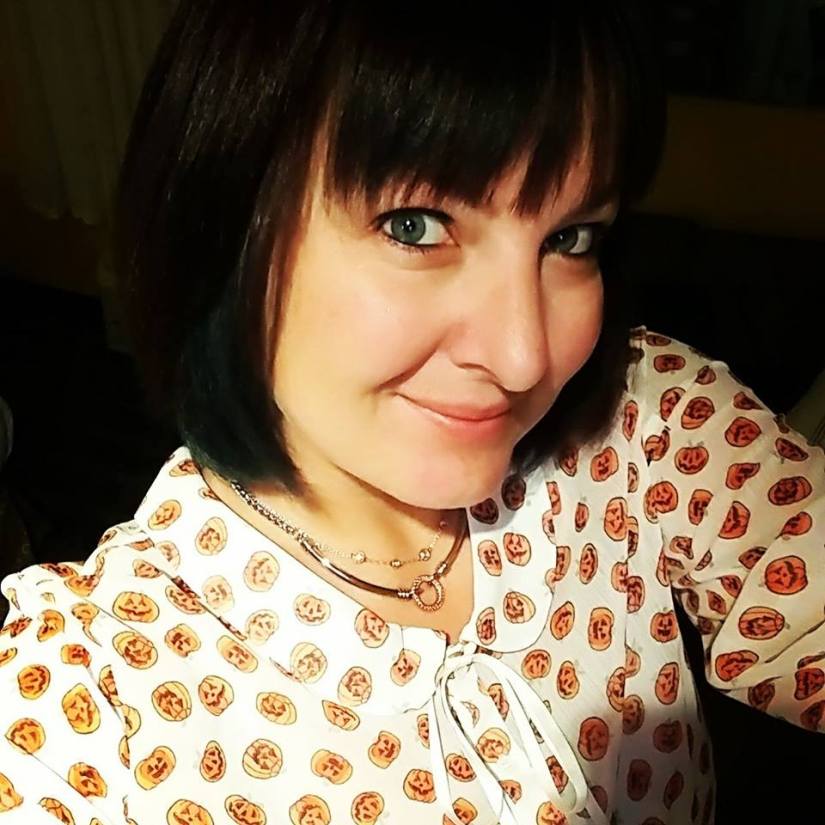
Boo-graphy: Christina Bergling has been writing since childhood. She has written a variety of styles. A blog from Iraq, software user guides, articles for a numismatist magazine. More than anything, she is a horror author.
Crystal Lake released her latest novel, Followers. Limitless Publishing published her novel The Rest Will Come. HellBound Books published her two novellas, Savages and The Waning. She co-wrote Screechers with Kevin J. Kennedy. She is also featured in numerous anthologies, including Collected Christmas Horror Shorts
(1 and 2), Demonic Wildlife, Colorado’s Emerging Authors, and Graveyard Girls.
Bergling lives with her family in Colorado and spends her non-writing time working in IT, hiking mountains, dancing, and sucking all the marrow out of life.

